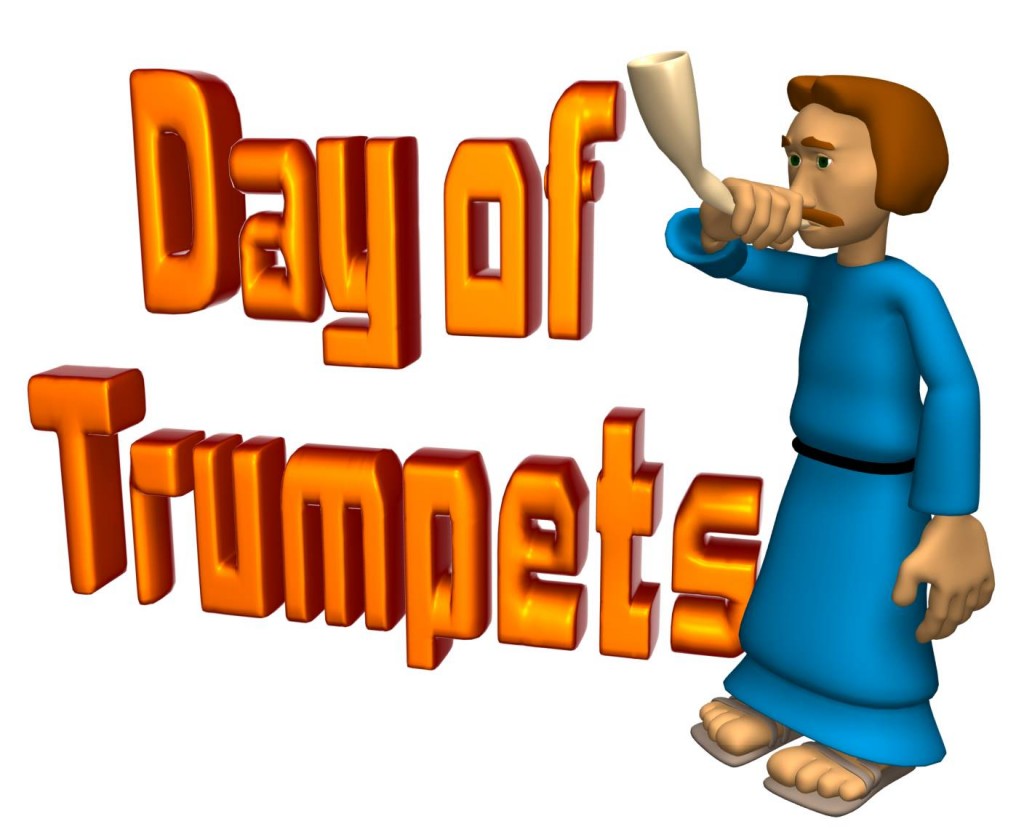The Resurrection of the Dead — A Fundamental Doctrine of the Gospel
The concept of the resurrection of the dead is a fundamental biblical concept and one of the main doctrines underlying the gospel message as the writer of the Epistle to the Hebrews states:
Therefore leaving the principles of the doctrine of Messiah, let us go on unto perfection; not laying again the foundation of repentance from dead works, and of faith toward Elohim, of the doctrine of baptisms, and of laying on of hands, and of resurrection of the dead, and of eternal judgment. (Heb 6:1–2)
What Is the Rapture?
The concept of the rapture has bandied about in the church quite a lot in recent years. Many doctrines of men have risen up around this concept and captured the attention and hopes of many modern believers. Let’s explore the what the Bible has to say about the rapture.
The word rapture comes from the Latin word raptura, which is a translation of the biblical Greek word harpazo meaning “to seize, carry off by force, claim for one’s self eagerly.” The idea of the rapture is based on 1 Thessalonians 4:17 where the phrase caught up refers to the glorification of the saints at Yeshua’s second coming.
Then we which are alive and remain shall be caught up [Gr. harpazo] clouds, to meet the Lord in the air: and so shall we ever be with the Lord.
The rapture, catching away or resurrection refers to saints receiving their glorified bodies — being changed from mortal to immortal. Those saints who are alive when Yeshua returns will be caught up to meet him in the air, while the righteous dead saints will be resurrected from their graves also meet the Messiah in the air at the same time. According to the Bible, the rapture or catching away will occur. The question is when does it occur?
The two primary passages in the Testimony of Yeshua (or New Testament) that speak about the resurrection are 1 Corinthians 15:51–54 1 and Thessalonians 4:13–17.
Behold, I shew you a mystery; we shall not all sleep, but we shall all be changed, in a moment, in the twinkling of an eye, at the last trump: for the trumpet shall sound, and the dead shall be raised incorruptible, and we shall be changed. For this corruptible must put on incorruption, and this mortal must put on immortality. So when this corruptible shall have put on incorruption, and this mortal shall have put on immortality, then shall be brought to pass the saying that is written, death is swallowed up in victory. (1 Cor 15:51–54)
But I would not have you to be ignorant, brethren, concerning them which are asleep, that ye sorrow not, even as others which have no hope. For if we believe that Yeshua died and rose again, even so them also which sleep in Yeshua will Elohim bring with him. For this we say unto you by the word of the YHVH, that we which are alive and remain unto the coming of the Lord shall not prevent them which are asleep. For the Lord himself shall descend from heaven with a shout, with the voice of the archangel, and with the trump of Elohim: and the dead in Messiah shall rise first: then we which are alive and remain shall be caught up together with them in the clouds, to meet the Lord in the air: and so shall we ever be with the Lord. (1 Thess 4:13–17)
The First Resurrection
The rapture is simply a euphemism for the resurrection of the dead. How many resurrections of the dead are there? Continue reading


